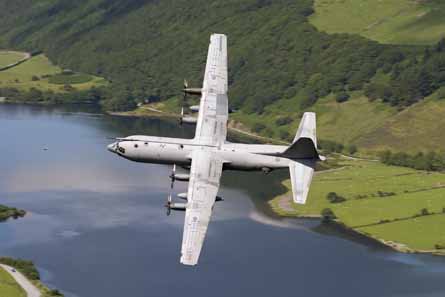High operational use speeds retirement of aircraft, with modernisation aims trimmed
The UK Royal Air Force is to retire four of its Lockheed Martin C-130K tactical transports by April, and appears set to conduct a more modest re-winging programme to its remaining fleet than previously planned
UK armed forces minister Adam Ingram announced the retirement plan earlier this year, stating that the Ministry of Defence had decided that the aircraft have exceeded their fatigue lives. It has now emerged that the MoD has also decided to re-wing only five of the potential 10 C-130Ks it sought bids for late last year (Flight International, 17-23 October 2006).
Work to re-wing the first two aircraft has begun at Marshall Aerospace's Cambridge airport site under the auspices of the UK's Hercules Integrated Operational Support project, and sources say that the effort - which will replace fatigue-expired outer wing boxes, including flaps, wing tips and leading edges - will now be extended to just three more aircraft.
The UK Defence Logistics Organisation asked industry for expressions of interest to undertake the re-winging work on up to 10 aircraft, which was expected to take between 18 and 24 months and cost £20-100 million ($39-195 million). The MoD notes that the four aircraft to be retired by April were not originally included in the re-winging programme, which the RAF hopes to eventually extend to cover seven C-130Ks.
The RAF had intended to keep all of its 24 remaining C-130Ks in use until taking delivery of its 25 Airbus Military A400Ms from 2011, but says the "persistently high operational tempo" experienced over the last several years has caused the fatigue life of several platforms to expire early.
The retirement of four aircraft "will have no impact on current operations", it says, noting that some C-130K crews have already been retrained to fly the more modern C-130J.
|
|---|
Four of the RAF's oldest C-130s are to leave service due to fatigue issues |
Source: Flight International
























